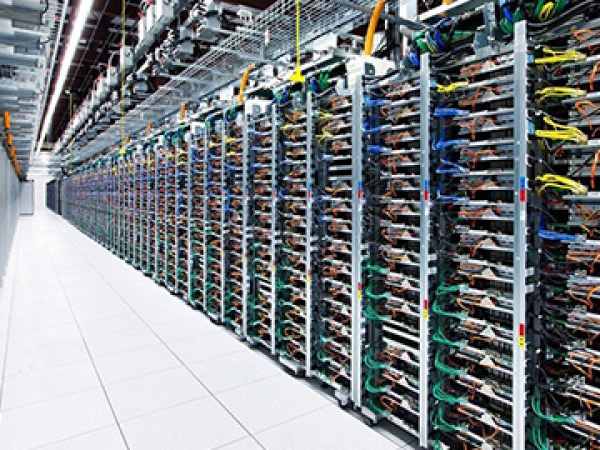

What are the differences between the coarse wavelength division multiplexer (CWDM) and the dense wavelength division multiplexer (DWDM)?
In optical fiber communication, there are two differences between band spacing and band. The details are as follows.
1. CWDM has 18 bands, from 1270nm to 1610nm, with a spacing of 20nm between each band. DWDM has three channels per channel as required: 0.4nm (50Ghz), 0.8nm (100Ghz), and 1.6nm (200Ghz), 100GHz (from C17 to C61, which is the most commonly used for conventional equipment); 50GHz (from C17 to H61 for high rate channel devices).
2. CWDM wavelengths 1470nm ~ 1610nm generally use DFB lasers, because the channel spacing is large, so CWDM devices and lasers are cheaper than DWDM devices.
3. CWDM optical channel spacing is wider, the number of multiplexed optical wavelengths on the same fiber is less than DWDM, the reason for the “coarse” and “dense” titles is here;
4. CWDM light modulation uses uncooled laser, electronically tuned; while DWDM uses cooling laser, temperature tuned;
5. Since the temperature distribution is very uneven over a wide optical wavelength range, temperature tuning is difficult and costly to implement. CWDM avoids this difficulty and thus greatly reduces the cost. At present, the cost of the CWDM system is generally only 30% of DWDM;
6. The power consumption and physical size of the CWDM system are much smaller than those of the DWDM system.